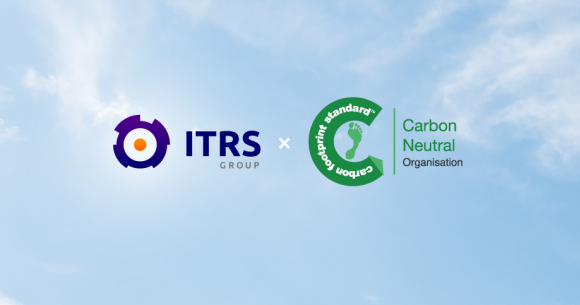MiniGeneos
MiniGeneos is a brand new utility for Geneos, which serves a number of purposes:
- Enable a developer to validate their in-app monitoring without needing to know how to configure Geneos
- Run a mini version of Gateway Hub as a PoC in order to see its benefits
- Quickly demo the Geneos stack
It includes a Gateway, a Netprobe and a slim version of Gateway Hub, packaged into a single docker container. Although it is an excellent tool for these purposes, it is not supported for production use for a few reasons:
- The mini version of Gateway Hub is not designed for production load
- Configuration is simplified
- The components share a container for ease of use, so the processes are not isolated
- Data is not persisted in MiniGeneos; stopping or restarting the container will clear all existing data
However it is still an excellent tool for the three use-cases above.
Versions
There are two kinds of versions of MiniGeneos, a GA version and a snapshot version. GA versions contain GA components and are considerably more stable. Snapshot versions contain nightly build components which are more up to date but may include bugs and incomplete features. Use snapshot versions at your own risk!
Using MiniGeneos
Once Docker is installed, running MiniGeneos is as simple as pulling the image from our Docker registry and running it.
Access our Docker registry
In order to access our docker registry, use the following command:
docker login docker.itrsgroup.com
This prompts for login details, use the same credentials as you use for downloads and resources on our website.
Run MiniGeneos
To run MiniGeneos, pulling it from the registry if required, use a command like the following:
docker run --rm --init --name minigeneos --hostname minigeneos --interactive --tty -p 8080:8080 -p 7039:7039 -p 8125:8125/udp docker.itrsgroup.com/minigeneos
The command above will download and run the latest GA version of MiniGeneos, exposing port 7039 for Active Console, 8080 for the Web Console via HTTP and 8125/udp for in-app publishing via statsd. The full list of ports available and their use can be found in the documentation.
Once MiniGeneos has finished loading you will see the following message in the terminal:

This indicates that MiniGeneos is ready to go and can be accessed via Active Console or the browser. MiniGeneos comes preconfigured with 4 entities showing some default self monitoring and infrastructure metrics. Some basic rules are also set up to provide these entities with OK severity.


Next Up
The next blog in this series will look at how MiniGeneos can be used to set up and validate in-app monitoring using the statsd plugin released in Geneos 5.1.
In the meantime, for more information see the documentation, or pull MiniGeneos and test it yourself. MiniGeneos is available to all Geneos customers.




